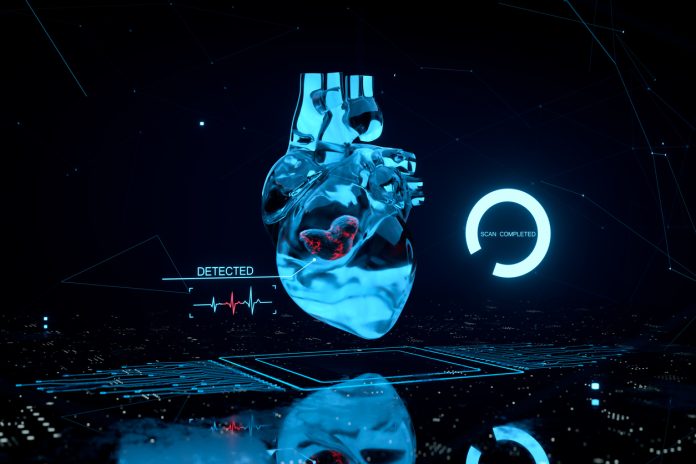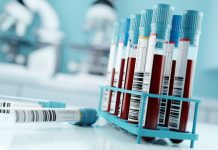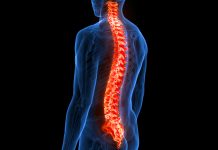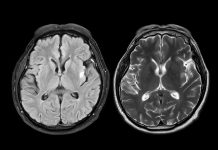New analysis revealed that a 3D heart scan tool that uses AI has sped up coronary heart disease diagnosis and has saved the NHS millions
The 3D heart scan technology is now available in 56 NHS hospitals in England. It enables doctors to diagnose and treat patients with suspected heart disease quickly by turning a CT scan of their heart into a personalised 3D image, which AI then analyses.
This technology has meant that patients receive quicker and more accurate diagnoses and has helped free up capacity in the NHS, leading to a massive cost-saving effect.
Over 24,000 patients have now received a 3D heart scan
An analysis, published in Nature Medicine, of the technology’s use found that it reduced the number of patients needing invasive angiogram tests by a sixth (16%) in cases where it was later found no further treatment was required and by 7% overall.
The number of second heart test patients needed within two years has also been cut by 12%.
NHS data shows that 24,300 patients have benefited from the 3D heart scan technology since its roll-out in 2021, and it has saved the NHS approximately £9.5m – equivalent to £390 per patient.
Furthermore, 6,898 patients gained access to the AI-driven analysis called Heartflow in 2024.
Dr Vin Diwakar, national director of transformation at NHS England, said: “It is fantastic to see that these revolutionary AI-driven 3D heart scans, supported by NHS England, are transforming cardiac care by significantly reducing the need for invasive tests, speeding up diagnoses, conserving NHS resources, and enabling clinicians to advise patients on the best treatment for their condition.”
Coronary heart disease affects 2.3m people in England
Coronary heart disease (CHD) develops when fatty material builds up inside the coronary arteries, restricting the blood flow and oxygen supply to the heart, and putting patients at risk of heart attacks or heart failure. It is the most common type of cardiovascular disease, affecting 2.3 million people in England.
Previously, a CT scan would reveal any narrowing or blockage in the coronary artery, which would need to be confirmed via an invasive angiogram. This involves inserting a catheter into a blood vessel and then injecting dye so that narrowed or blocked blood vessels can be seen on an X-ray.
The new technology avoids invasive techniques and uses specialist analysis of the CT scan to create a personalised 3D model of a patient’s coronary arteries and assess the extent and location of blockages, which a cardiologist interprets. Additionally, the technology can suggest the size and position of a stent, if necessary.
Many patients can then be treated with medication and lifestyle changes, with an invasive angiogram only recommended if they may need to undergo surgery or have a stent fitted.
Sarah Remnant, from Portsmouth, benefited when she was referred to the hospital after suffering breathlessness and severe chest pains.
Doctors carried out the 3D heart scan as part of their tests and quickly identified a significant narrowing of an artery. Medics pre-planned her treatment using the technology, and Sarah, then 50, underwent surgery to fit a stent a few days later.
Now completely recovered, Sarah said: “I wasn’t a classic case, but thanks to this technology, the cause of my symptoms was quickly identified, which possibly saved my life.
“The consultant talked me through the scan, which was empowering as I could fully understand my diagnosis and the treatment plan.
“I feel amazing now and am very grateful that I had access to this as it was so reassuring to have that extra information at such a worrying time.”
Lead clinician on the study Dr Timothy Fairbairn, Consultant Cardiologist at the Liverpool Heart and Chest Hospital and Honorary Associate Professor at the University of Liverpool, said: “These results show that this technology reduces the need for tests so that patients only undergo necessary treatments, demonstrating how AI technology can both improve care as well as increase efficiency in the NHS.
“The nationwide study, funded by the Medical Research Council, also showed that the huge benefits of this tool can be felt by all patients equally, no matter where they live.”








